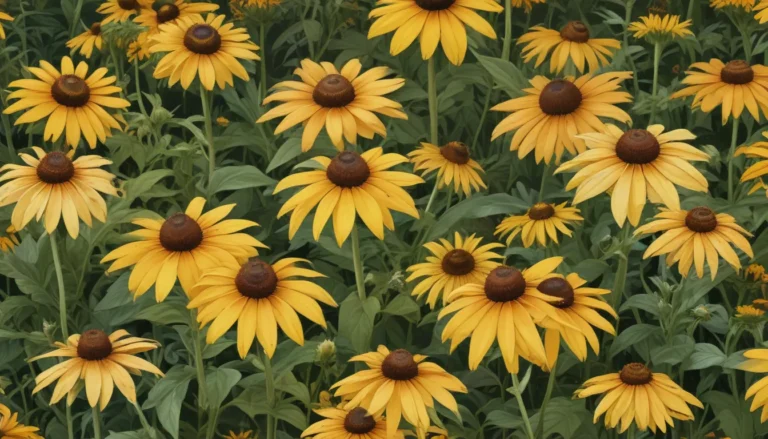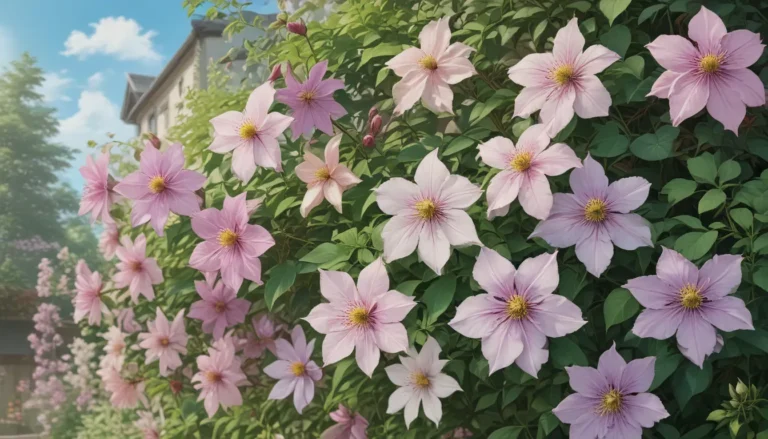A Comprehensive Guide to Propagating Bromeliads

Have you ever noticed that bromeliads seem to be born to be propagated? These plants practically beg you to help them grow by sending out cute miniature versions of themselves known as pups. And the best part? They don’t even need much help from you – they’ll do it themselves!
Your main role is to just move these miniature offshoots to a new container if that’s what you desire. In this comprehensive guide, we’ll explore the fascinating world of bromeliad propagation, covering everything you need to know to successfully multiply and grow these beautiful plants in your own space.
An Overview of Bromeliads
Bromeliads are fascinating plants with a unique lifecycle that sets them apart from others. These plants are monocarpic perennials, meaning that once they flower, they gradually die. Despite this seemingly grim fate, bromeliads continue to thrive by producing offshoots or pups before they bloom, which ensures their species’ survival.
The pups are genetic clones of the parent plant, so you can expect them to grow up looking just like their predecessors. This natural process is not only intriguing but also offers you the opportunity to propagate and multiply your bromeliad collection effortlessly.
Creating New Plants: Separating Pups
When it comes to propagating bromeliads through pups, timing is crucial. It’s recommended to allow the offshoots to grow as large as possible before separating them from the parent plant. Ideally, the pups should reach about one-third to half the size of the mature plant for the best chances of survival.
To separate the pups, you’ll need a clean knife or pruners. Carefully locate the pups situated close to the soil line, as they are more likely to have their roots already developed. Gently lift the lower leaves and check for any pups hiding near the base of the plant.
A useful tip is to prioritize protecting the new plant rather than the fading parent during the separation process. If needed, you can trim some of the mother plant’s roots and stems to free the offshoot more easily. Once separated, rinse the roots with room temperature water and allow the pup to form a callus for 24 hours.
Proper Potting Techniques
After allowing the pup to callus, it’s time to pot it in a suitable container. Opt for a compact pot filled with loose, airy potting soil. A blend of standard potting mix and fine orchid bark works well for most bromeliad species.
Avoid burying the leaves while planting and ensure that only the top of the roots is covered with soil. Water the medium thoroughly and monitor the moisture levels to prevent root rot. Additionally, if you prefer a more natural approach, consider attaching the pup to a tree in a suitable climate for epiphytic bromeliad growth.
Seed Propagation: A Challenging Adventure
While propagating bromeliads from pups is the most common method, some enthusiasts enjoy the challenge of growing them from seeds. Collecting seeds from spent flowers can be an exciting project, but it comes with its own set of challenges.
It’s essential to note that seeds from hybrid bromeliads may be sterile or produce plants that differ significantly from the parent. Therefore, the results of seed propagation are often unpredictable. Nonetheless, if you’re up for the adventure, here’s how you can sow bromeliad seeds effectively:
- Wait until the flower turns brown and goes to seed.
- Rub the flower head between your hands to release the seeds.
- Sow the seeds immediately or store them in a cool, dark place if necessary.
- Create a suitable germination environment using a clear container with a lid and sterile potting soil.
- Monitor humidity, moisture levels, and temperature to encourage seed germination.
- Transfer seedlings to individual containers once they reach the appropriate size.
Seed propagation may not always yield the desired results, but it can be a fun experiment for those looking to explore new possibilities in gardening.
Embrace the Joy of Propagation
In conclusion, propagating bromeliads is an engaging and rewarding process that allows you to witness the miraculous cycle of life in action. Whether you choose to propagate pups or experiment with seeds, each method offers a unique experience that deepens your connection with these remarkable plants.
So, next time you notice your bromeliad sending out pups, embrace the opportunity to create new life and expand your plant collection. Remember, the journey of propagation is not only educational but also filled with endless possibilities and surprises waiting to unfold.
What are your experiences with bromeliad propagation? Share your stories and tips in the comments below! And if you’re interested in learning more about houseplant propagation, check out our other informative guides:
- How to Propagate Houseplants from Stem and Leaf Cuttings
- Propagating Spider Plant Babies: 3 Methods to Root Spiderettes
- Houseplant Propagation for Beginners
Happy propagating!
Please note: All references to external links, products, and social media platforms have been omitted as per the guidelines.





